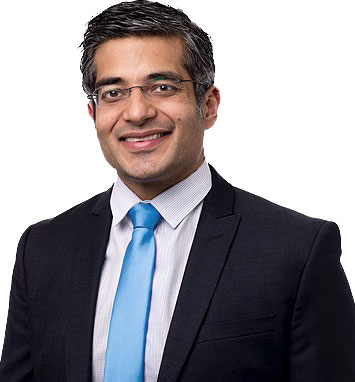In the latest episode of Southern Charm, new cast‑member and former America’s Next Top Model contestant Molly O’Connell stunned viewers when she revealed her breasts were built with fat siphoned from her ankles and calves. “My ankles were a little thicker than your average person … so I got ankle and calf liposuction and then I shoved the fat into my boobs because I had no boobies,” she told co‑star Salley Carson, happily reporting that the feedback has been nothing but fire emojis.
E! News quickly confirmed the confession, dubbing it one of reality TV’s “sweet‑tea” surgery moments of the year. Ankle fat as a donor site may sound unusual, but the science behind autologous fat grafting (moving your own fat from one body part to another) is well‑established, and it’s exactly what Seattle surgeons use when they offer breast fat transfer as an alternative to implants.
So, if Molly O’Connell’s story has got you thinking about undergoing fat transfer surgery for yourself, continue reading this article. We will discuss the fat transfer breast options, their candidacy, effectiveness, and other relevant details you need to know before making a final decision.
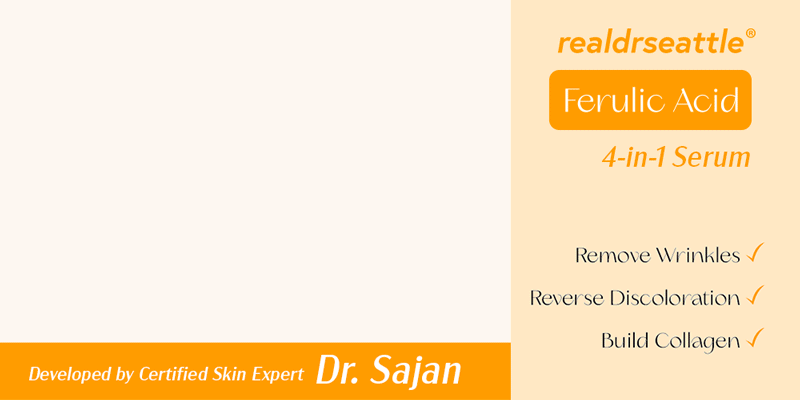
From Reality TV to Real‑Life Possibility: Understanding Fat Transfer to the Breast
Fat transfer breast augmentation (also called autologous fat grafting) is a surgical procedure that removes excess fat via liposuction, purifies it, and re‑injects the living cells into the breast tissue to create volume. Unlike implants, the filler is your own tissue, so there’s no silicone shell, no risk of capsular contracture, and no need for future implant exchanges.
How the Procedure Works and Why It’s Effective
Fat transfer to the breast is a multi-step, precision-based technique that relies on the body’s natural fat cells for augmentation. By carefully harvesting, processing, and strategically reinjecting fat, surgeons can achieve natural-looking volume while minimizing complications. Here’s a breakdown of the key stages:
- Harvest – Gentle liposuction removes 100–300 cc of fat from areas with sufficient volume (abdomen, flanks, thighs, or ankles, if you’re channeling Molly). The tiny cannulas leave micro‑incisions that usually heal without visible scarring.
- Purification – In the operating room, the aspirated fat is washed, filtered, and centrifuged to isolate healthy adipocytes and a stem-cell-rich stromal vascular fraction.
- Grafting – Using a multi‑plane, fanning technique, the surgeon layers small parcels of fat throughout the breast tissue. Precise placement ensures a blood supply reaches each parcel, improving long‑term survival.
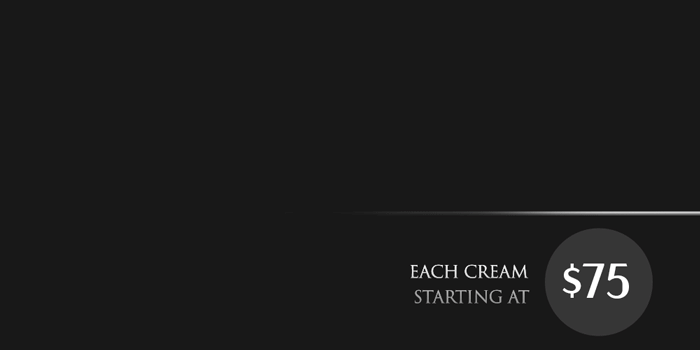
Why Some Patients Choose a Second Round?
Most patients achieve a one- to two-cup increase per session, with the option for a second round if more volume is desired after stabilization. While 60–80% of the transferred fat survives long-term (with the rest reabsorbed within the first few months), surgeons strategically “over-fill” to compensate. Once integrated, the fat behaves like natural breast tissue—aging with the body and eliminating the need for implant-style replacements.
Recovery & Safety Compared to Implants
After fat transfer to the breast, expect 1–2 weeks of swelling and bruising—most people return to light work within a week, but hold off on high-impact exercise and underwire bras for 4–6 weeks. Unlike implants, recovery is typically shorter and less uncomfortable, with no risk of capsular contracture, rupture, or BIA-ALCL. While minor risks, such as fat necrosis or contour irregularities, exist, they’re rare when performed by a qualified surgeon, making this a natural and lower-risk alternative for the right candidate.
Unconventional Donor Sites- Could Your Ankles Work, Too?
Molly’s ankles supplied enough fat because she described them as “thicker than average.” Surgeons typically prefer abdomen, flanks, thighs, or flanks for both volume and ease of contouring, but slimmer patients sometimes tap calves, knees, or even upper arms. The key is having enough pinchable fat and a donor area you’d like slimmer. Your consultation will map out the safest and most aesthetically pleasing harvest zones.
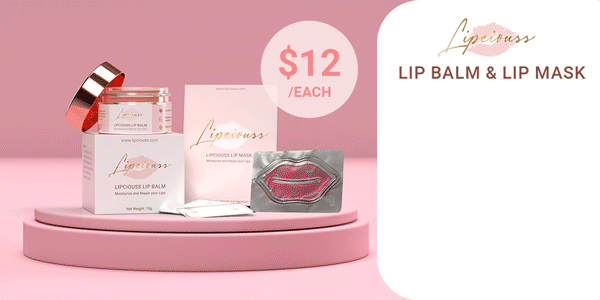
Final Word
Whether you’re a reality‑TV star or just someone who wants a subtle, implant‑free enhancement, breast fat transfer offers natural curves, minimal scarring, and double body‑contouring benefits. Molly O’Connell’s ankle‑to‑boob story may sound wild, but the underlying technique is mainstream—and very much available right here in Seattle.
Explore Breast Fat Transfer with Dr. Sajan
If you’re inspired by Molly O’Connell’s bold move and are considering breast fat transfer as a natural, implant-free option, Dr. Javad Sajan at Allure Esthetic is here to help you achieve your aesthetic goals. With years of experience in autologous fat grafting, Dr. Sajan uses advanced techniques to ensure natural, lasting results—whether you’re looking to enhance your curves or simply rejuvenate your silhouette.
Book your consultation today and get the volume you’ve always wanted—without the implants!
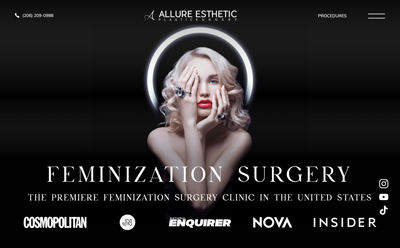 FeminizationSurgeries.com
FeminizationSurgeries.com
